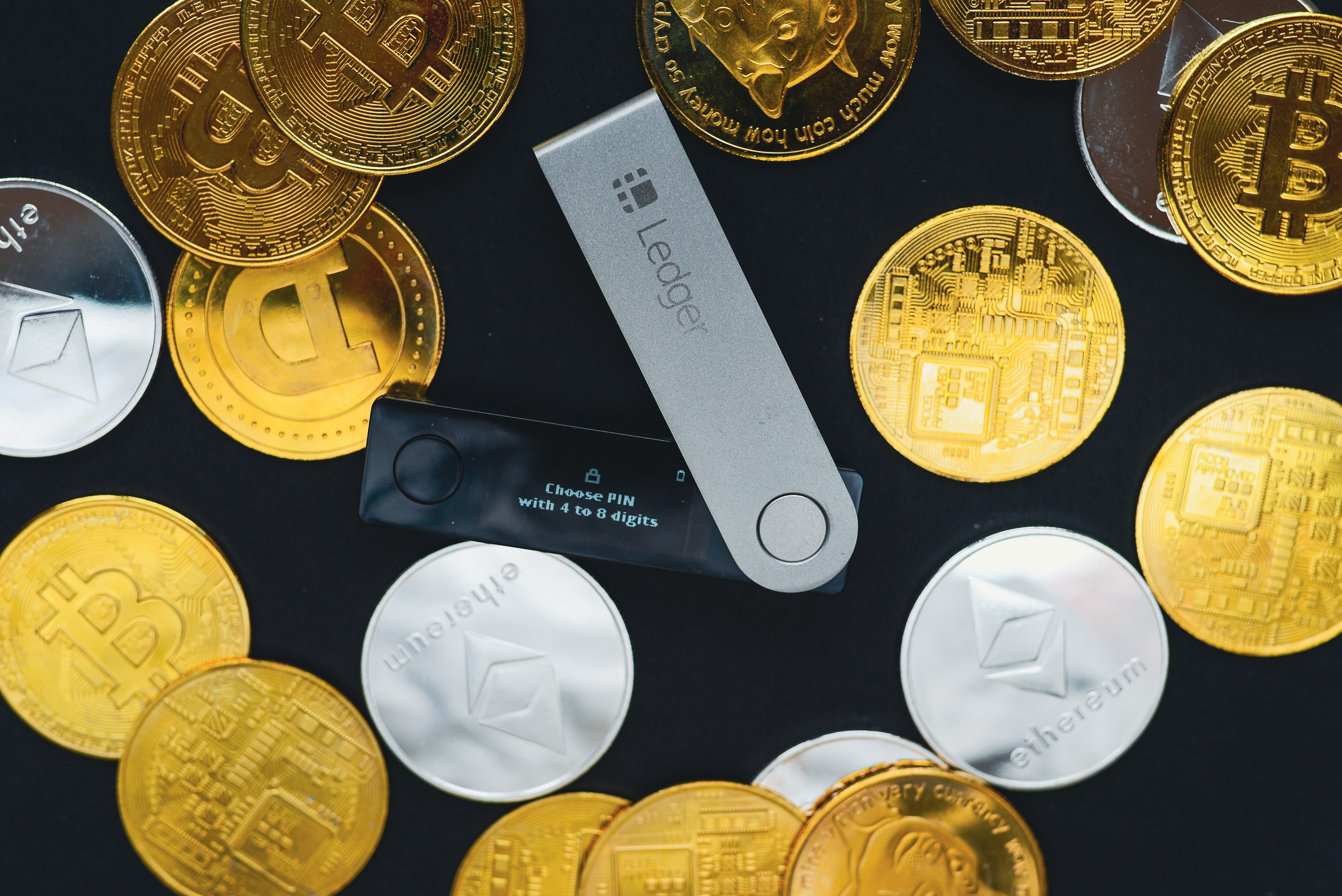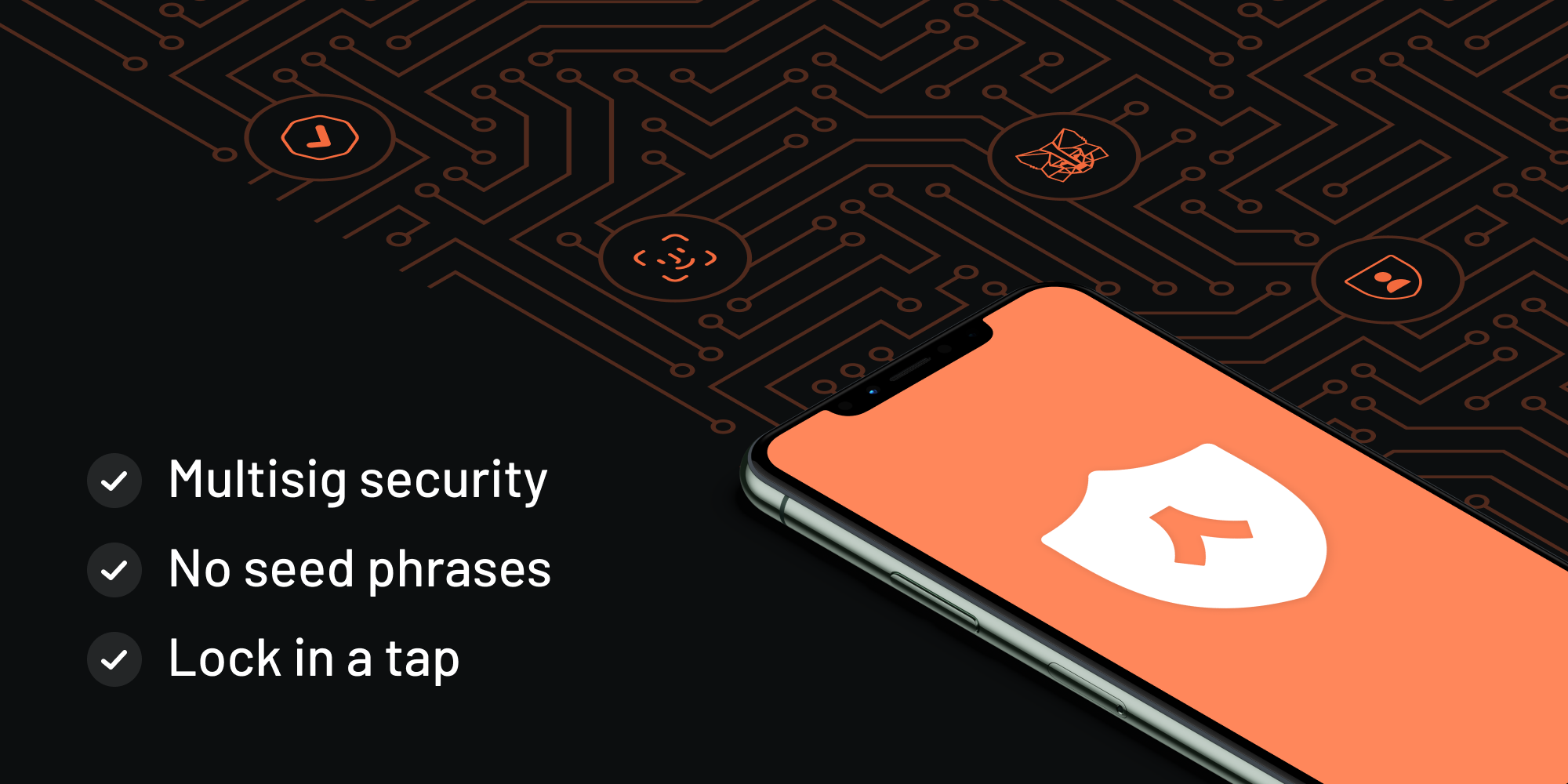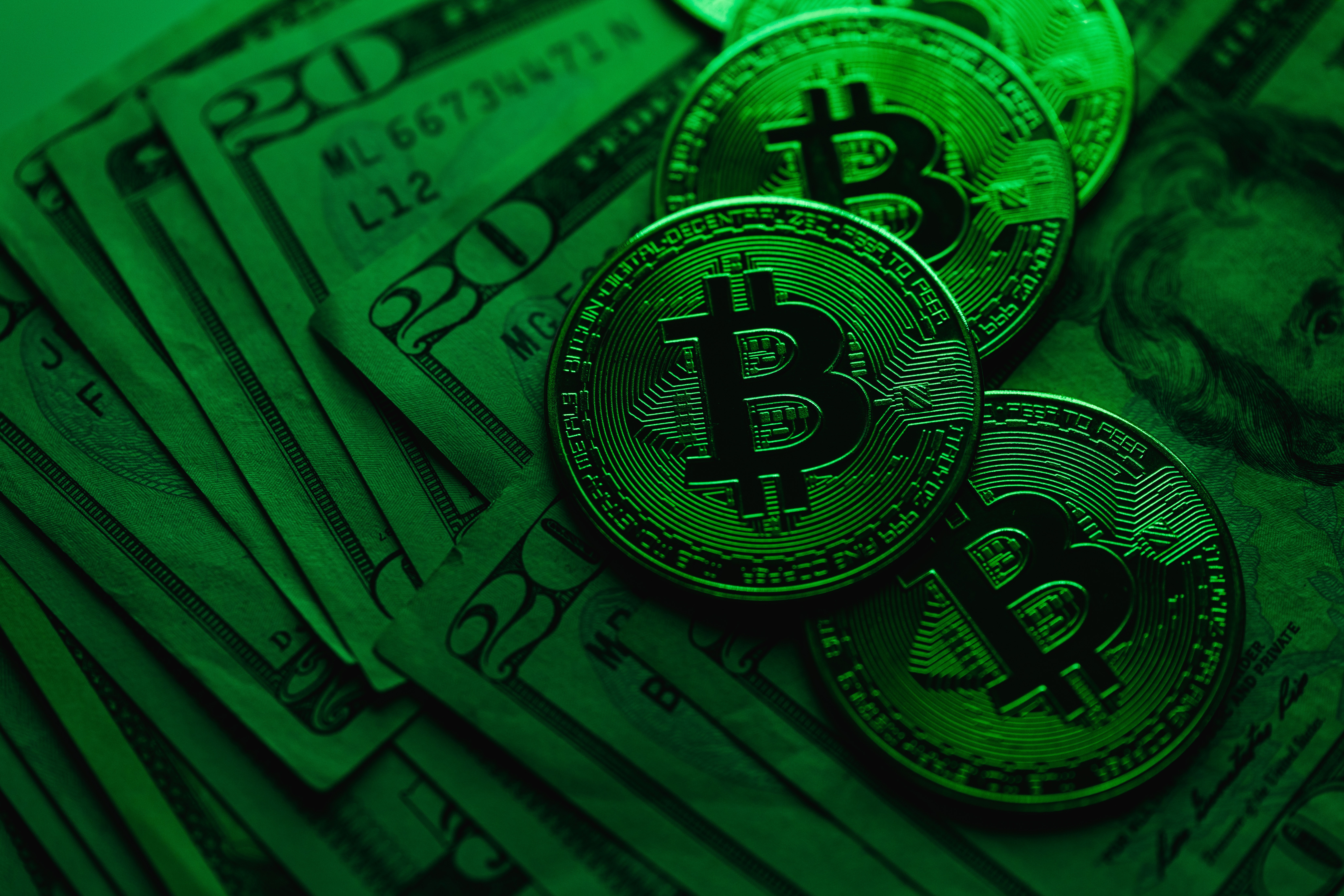TL;DR:
You alone are responsible for the security of your assets, wallets, seed-phrases. No one can help if you lose access to a wallet and there are no refunds if a mistake is made. It is your responsibility alone to educate yourself. Be careful and ask questions if you are unsure.

Wallets:
A quick summary:
Crypto wallets such as MetaMask, Ledger, Trezor, Argent, Linen, Gnosis Safe although significantly different in their implementation and security all serve the same purpose of allowing a person to store cryptocurrency assets and interact with decentralized apps (dApps). A wallet stores a unique set of private keys that allow access and interaction with on-chain assets (Cryptocurrency never leaves the blockchain). At its most basic a private key is a large string of characters which is used, like a password, to unlock access to a digital entity.

Type of wallets to consider:
There are three main types of wallets in use today they are listed in order of least secure to most secure:
1: Hotwallets:
These include MetaMask, Rabby and TrustWallet and are wallets which are generated using a unique set of 12 words, known as a seed phrase. This seed phrase is the most important part of a hot wallet. If someone were to get access to these 12 words then they would have access to your entire portfolio. With good management they are generally quite safe to use, but it should be said they are also the most targeted for phishing and exploitation because a simple lapse by the owner could turn disastrous in moments.
https://metamask.io/
2: Hardware wallet:
These include Ledger and Trezors wallets. Similar to Hotwallets in design they use either 12, 24 or 25 word seed phrases to create and encrypt the account. The difference is that the private keys are stored in a specialized hardware device that is only online when manually unlocked and connected to dApp. These are generally considered very secure unless the seed phrase is compromised and in that case the account can be recreated in minutes on another hardware device and accessed easily. A hardware wallet is the minimum recommended type of wallet.
https://www.ledger.com/
https://trezor.io/
3: Smart Contract Wallet:
These are the most recent developments in crypto wallets and are a breakthrough in the security and usability of crypto wallets. By using smart contracts, they offer programmable features like multi-signature transactions, gasless approval, social recovery and blocking transfers to untrusted contacts. Ethereum co-founder Vitalik Buterin has previously called for the mass adoption of smart contract wallets like Gnosis Safe, Linen and Argent. In a multi-sig setup you can use multiple hardware wallets as the authorising signatures, thus increasing your security even further.
https://gnosis-safe.io/ (Similar to MetaMask https://rabby.io/ can be used alongside Gnosis to make multi-sig and dApp interactions simpler in a browser - Rabby.io is in fact my preferred desktop/mobile hotwallet and I'll later document how you secure your PC very easily with hotwallet 2FA (Two Factor Authentication)).
https://www.argent.xyz/ (An quality mobile only alternative to Gnosis which works with Android, should not be overlooked)
https://linen.app/ (Mobile app (iOS Only at this time) implementation using of Gnosis Safe smart contracts)

General Security:
- Never put your seed phrase online and don’t save it as a file on your computer or phone. Do not save it as a photo and do not trust cloud storage. Initially store it on paper and get it laminated so it is at least waterproof. Eventually research more secure options such as steel plates for fire-proofing and 2 of 3 authentication. Store in a safe place and make a safe copy.
- Check every website is authentic. There are many cloned phishing sites displayed in Google Ads, these sites want access to your wallet and your assets. BEWARE.
- Install apps only using links from the apps confirmed website. There are many fake or cloned apps in the app stores. Install the wrong app and your assets are gone. BEWARE.
- Read and understand any transaction your wallet asks you to make. If you authorized a malicious contract interaction then your asset could be stolen at a later date, even if you use a hardware wallet. Research the Opensea.io contract exploit from February 2022.
- Do not click links from email. If you read an email that you want to look into more, find the page manually. Phishing emails are a major route to exploitation.
- Use a browser profile that is explicitly for crypto interactions. For example it is a browser profile that only has MetaMask installed, this reduces the possible avenues of exploitation.
- Ideally use a dedicated device that is for nothing other than your interactions with your Crypto wallet and dApps.

Links: My preferred YouTube wallet educator: https://youtube.com/c/CryptoGuide
This document can also be found at https://gm.xyz/c/fundmyrabbit is it likely to be the first of a series of posts concerning non-custodial safety, security and responsibilities.